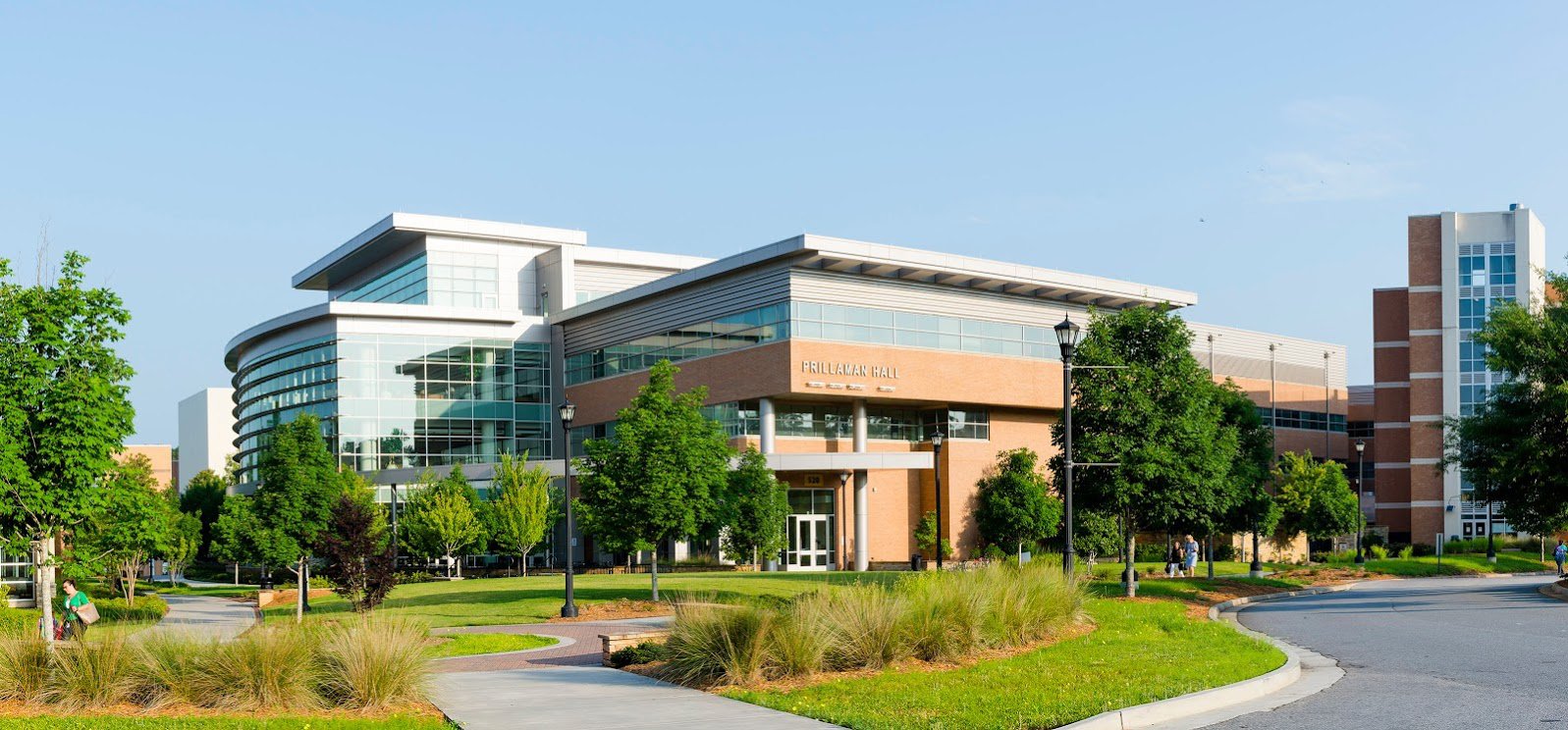In the fall of 2015, the two schools merged to create a single institution, retaining the Kennesaw State University name, with more than 33,000 students, located on two campuses in suburban Atlanta.
Rapid growth and campus consolidation created scheduling challenges for Kevin George, director of data management and systems support services. Using Ad Astra’s Platinum Analytics™ course demand modeling and strategic consulting services, George evaluated course fill rates and classroom capacity to ensure class schedules were designed to accommodate students in their declared majors and meet their need for courses.
“Our work with the Ad Astra consultants also generated other new questions, such as ‘How do we account for real-time class demand changes during orientation?’” said George. “The Astra team came up with an approach that made an important difference for us during our high-volume enrollment windows.” General education course offerings at both campuses needed to be balanced properly to cut down on unnecessary commutes between campuses for students and faculty. “Fine tuning the general education courses was one of our more difficult tasks,” said George. “Our Ad Astra team got us dialed in quickly for the right mix now, as well as for the future.”
MOVING IDEAS INTO ACTION
When higher than expected growth rates occurred at Kennesaw in the fall of 2014, the team created a watch list of courses to be flexed during the enrollment and scheduling time period. Overall, Kennesaw's collaboration with Ad Astra enabled them to recapture a 25 percent increase in classroom space at the Marietta campus, providing an additional 2,500 classroom seats that when added, created more capacity in high-demand courses. Approximately 750 seats were removed from the course inventory where insufficient student demand existed, which allowed for the reallocation of instructional resources. The new capacity alleviates enrollment and scheduling concerns for Kennesaw as it anticipates more growth in the coming years. As a result of this successful exercise, the watch list has become a standard feature of Platinum Analytics’ predictive functionality.
MAKING ROOM FOR NEW GROWTH AND NEW STUDENTS
1. In fall 2015, Kennesaw State University and Southern Polytechnic State merged to create a single institution with more than 33,000 students, located on two campuses in suburban Atlanta.
2. Working with Ad Astra’s Platinum Analytics™ software and consulting services, Kennesaw State enrollment and IT executives recaptured a 25 percent increase in classroom space on the Marietta campus, uncovering an additional 2,500 classroom seats that created more capacity in high-demand courses on both campuses.
3. Another 750 seats were removed from course inventory where insufficient student demand existed, which allowed for the reallocation of instructional resources.


